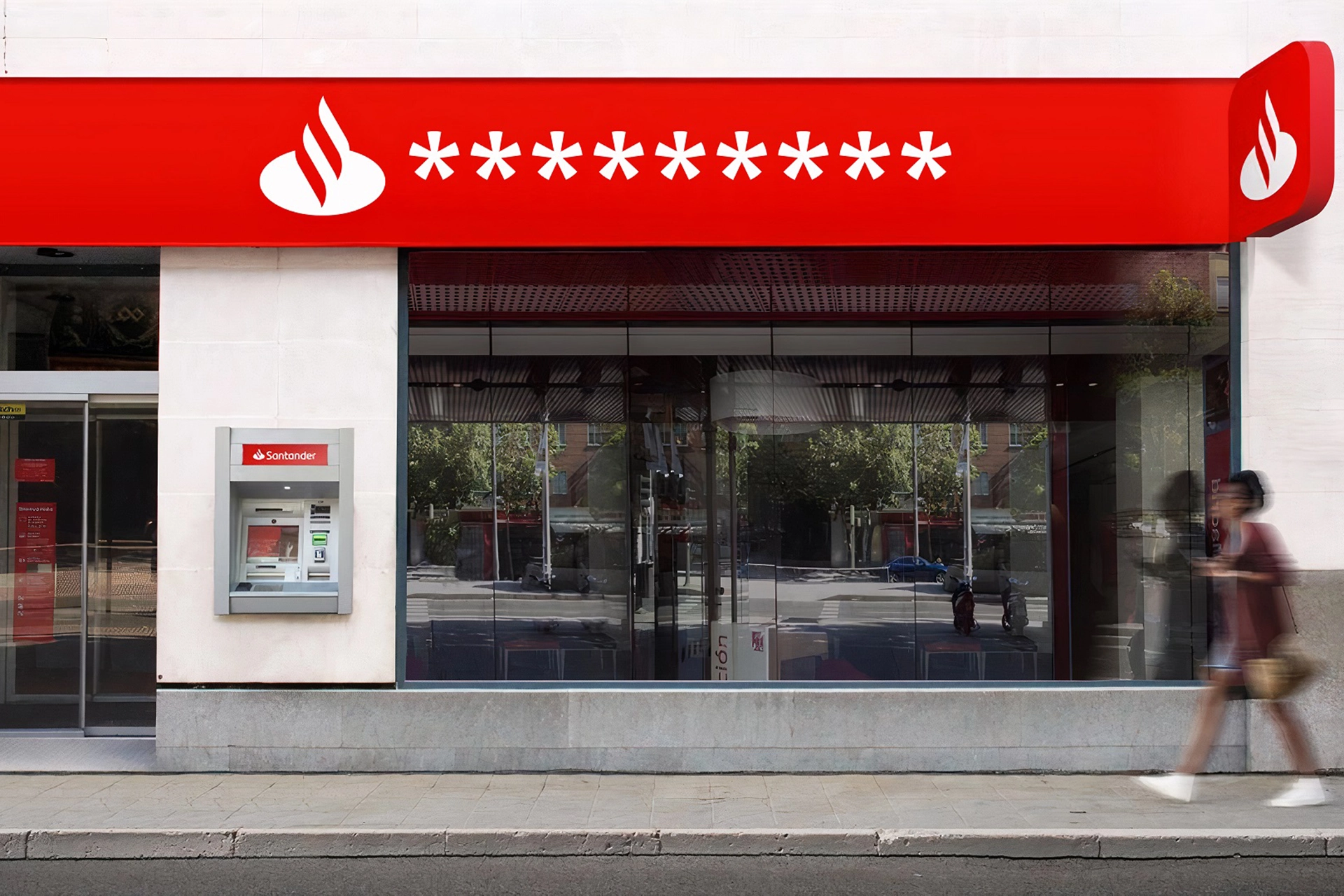How to Detect and Remove Malware: Protect Your Devices from Cybercriminals


Your digital devices hold your entire online life: banking apps, personal photos, private conversations...yet many are unaware that malicious software, commonly known as malware, it´s a very real threat to them. Criminals use it to spy on your activity, steal information like passwords and even take control of your devices for fraud.
Spotting the warning signs
Malware rarely announces itself. Instead, it works quietly in the background while your device begins showing troubling symptoms. Your once-reliable mobile phone or computer might restart unexpectedly, perform actions you never requested, become frustratingly slow, programmes and apps start crashing, strange pop-ups appear even when you’re not browsing the internet…These aren’t just annoying glitches, they’re red flags that something malicious has infiltrated your system.
Your internet connection often suffers too. Browsing becomes slow and your data usage mysteriously increases. This happens because malware uses your connection to communicate with criminal servers, sending your personal information or downloading additional threats.
Building strong defences
The best protection starts with good digital habits.
- Keep your device and apps up to date. Updates typically contain security patches that block new threats. Enable automatic updates wherever possible, so you’re always protected against the latest dangers.
- Be careful about what you download. Stick to official app stores. Email attachments and pop-up adverts are common malware delivery methods, so treat them with suspicion.
- Be cautious when clicking links, especially in emails or social media messages. Cybercriminals create convincing fake links that redirect you to dangerous websites. When in doubt, type web addresses directly into your browser.
- Install reputable security software and keep it running. Many devices have built-in protection; make sure it’s enabled and properly configured.
Responding to Infection
If you suspect malware infection, act quickly.
- Start by running a full security scan with your antivirus software to automatically detect and remove common threats.
- Disconnect from the internet if possible. This prevents the malware from sending your information to criminals or downloading additional threats, while also protecting other devices on your network.
- In some cases, you might need a factory reset. This removes everything from your device, including the malware, but you’ll lose all your data unless you have backups. You may want expert help if you are unsure how to do it.
- After cleaning your device, change your passwords, especially those for banking and email accounts. Malware may have captured these credentials, so updating them protects your accounts from unauthorised access.
- Monitor your bank statements closely. Watch for suspicious transactions and report anything unusual immediately.
Prevention beats cure when it comes to malware. Good digital hygiene protects not just your device, but your financial security and personal privacy.






